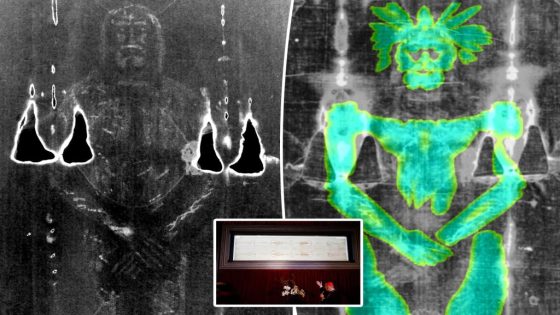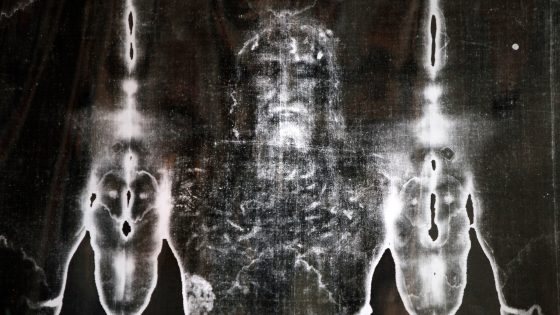The Shroud of Turin, a revered religious relic, has long been associated with the burial of Jesus Christ. However, a recent study published on 2025-08-01 20:19:00 reveals that this iconic linen may not be what it seems.
- Shroud of Turin's origins are mysterious.
- Study claims it's an artistic recreation.
- 3D modeling supports low-relief representation theory.
- Carbon dating suggests Medieval creation period.
- Debate continues over Jesus' burial cloth authenticity.
- Some researchers assert bloodstain evidence of crucifixion.
Contrary to popular belief, researchers suggest the Shroud was likely a medieval artistic creation rather than the actual cloth used to wrap Jesus after his crucifixion. This revelation has sparked renewed debate over its authenticity and significance.
This new perspective raises questions about the authenticity of the Shroud. Could it be a mere artistic relic rather than a genuine artifact? The implications are profound, as many continue to regard it as a sacred symbol.
- The Shroud’s image aligns more with artistic techniques than with a real human body.
- Carbon dating suggests its origins in the Middle Ages, not ancient times.
- Debates persist among scholars regarding its true nature and significance.

































